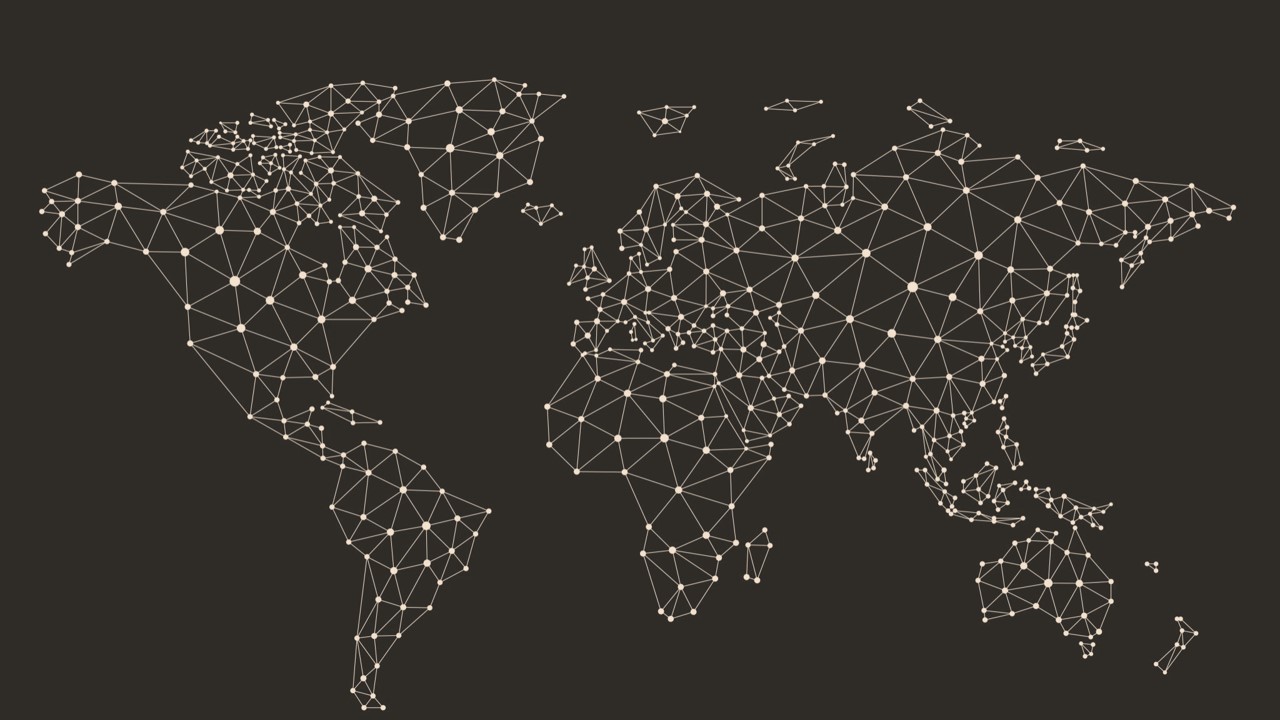Are we in the second wave?

Alternative data could help us predict when the second wave of COVID-19 will impact the global economy again.
Recent facts from WHO show an increasing cases trend in numerous countries globally, this trend reminds us of the first wave which started in China and spread to Asia, followed by the EU, America, and finally Africa.
During the past weeks, the upward trend was spotted in South Korea “Health officials in South Korea believe the country is going through a second wave of coronavirus, despite recording relatively low numbers”. and China “China reported its highest daily number of new coronavirus cases in months on Sunday with parts of Beijing still under lockdown”.
As we monitor business activities globally of public companies, we now finding new records of plants shut down as well as closing retail stores as more and more employees got infected by COVID-19. These events were the highlight event during Jan 2020, which can be an indicator of the rising second wave.
Although the new normal is here to stay, its implication on the global economy event after the V shape return could lead the markets into collapse again. Monitoring operational and financial events can help to predict when we will experience the second wave.
From the experience of the first wave, the data shows that events such as shutting down plants, close stores, and offices can indicate the impact on the companies performance and economic indicators.

